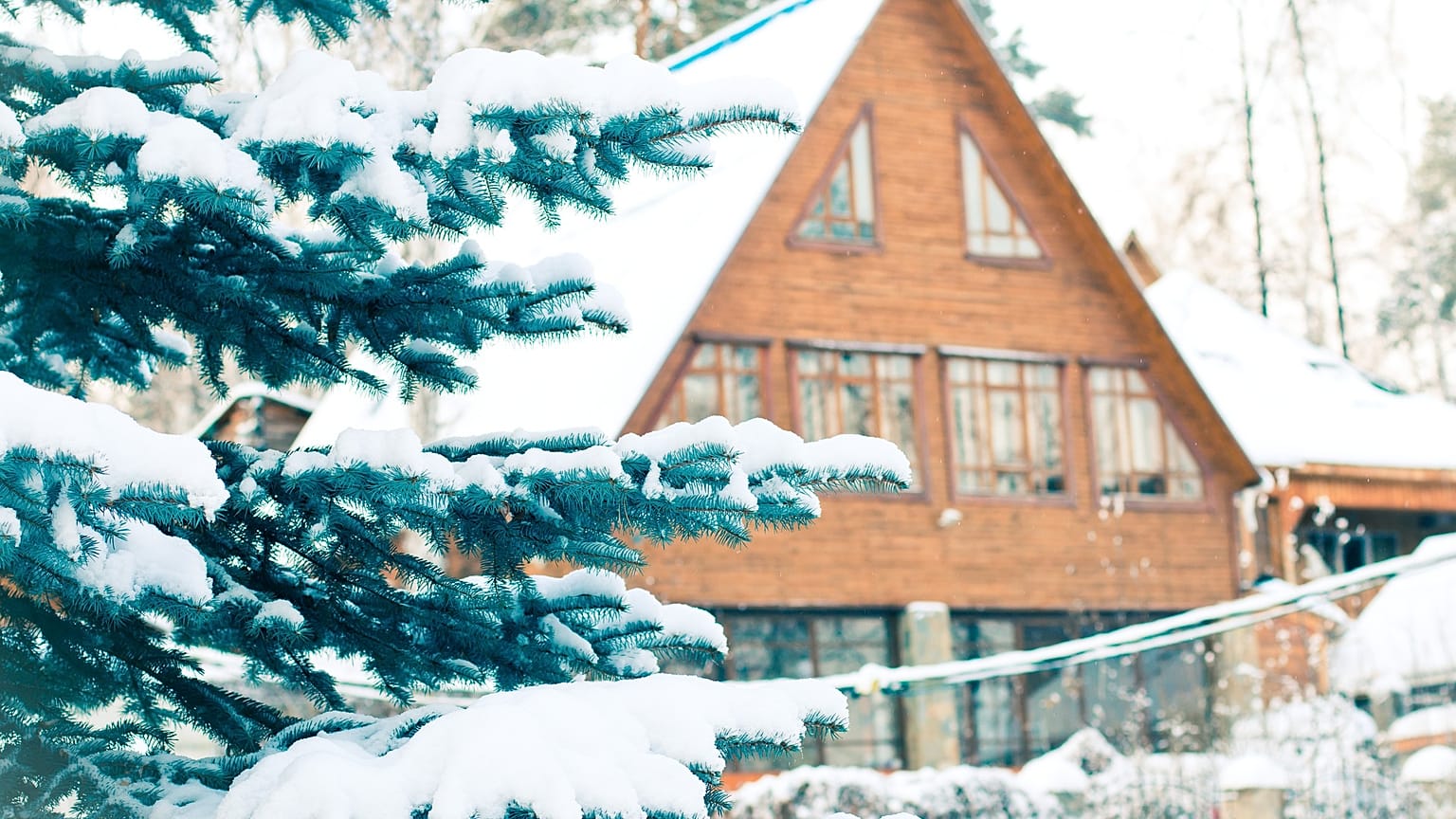Dachas, traditionally a small summer cottages, have through the centuries become a real institution for Russia's mainly urban-dwelling population.
Russian cities, in particular Moscow, are renowned for their traffic jams which are especially atrocious on Friday and Sunday nights.
That's partly because city-dwellers are rushing to get to their "dacha", a traditional holiday home, for a relaxing weekend in the countryside.
These dachas have become a real institution but the concept seemingly disappeared on January 1 when a new law kicked in.
Passed in 2017, the law aimed to update and simplify complicated rules about dachas. One of the key measures was to reduce the number of different types of dachas people can own from a confusing nine to just two.
What is a dacha?
The concept dates back to the 17th century when tsars started rewarding their most trusted advisors and military personnel by giving ("dalat" in Russian) them plots of land.
By the 18th century, the nobility had fully embraced the concept, building elaborate, beautifully-detailed wooden houses from where they could entertain at the weekend and during the summer.
They then became more and more democratised in the late 19th century when the middle class also took to escaping the city at the weekend — although they could only rent the dachas — after famed writers including Alexander Pushkin and Anton Chekhov mentioned the country houses in their works.
But the government started regulating them more firmly at the turn of the 20th century as the country went through its 1917 Revolution, followed by the two World Wars, severely depleting food resources and triggering several famines.
The main measure was to restrict the amount of land people could own to 0.06 hectares which the government estimated was enough to grow vegetables for personal consumption but not enough to build big houses, thus ensuring workers stayed in cities.
Still, small wooden structures were built and whole villages, managed by the state, emerged. But dachas' purpose had changed: from being places of leisure, they had become areas of hard outdoor labour with gardening at the centre.
However, it was only from the 1960s that ordinary people could acquire one, although the merit-based process was arduous. Another 30 years had to pass before anyone could buy one.
What the law changes
Nowadays, the country of 145 million inhabitants has an estimated 60 million dachas dotted around.
The law that came into effect at the beginning of the year does away with most of the different categories which included non-profits farms, cooperatives and partnerships among others. Now only two types of dachas exist "gardening plots" and "vegetable farming plots."
The big difference being that residential buildings are only allowed on "gardening plots" while owners of "farming plots" can only erect technical buildings such as a barn or a greenhouse.
But perhaps the biggest changes of all is that "gardening plots" owners can now much more easily register their dachas as their permanent residence.















